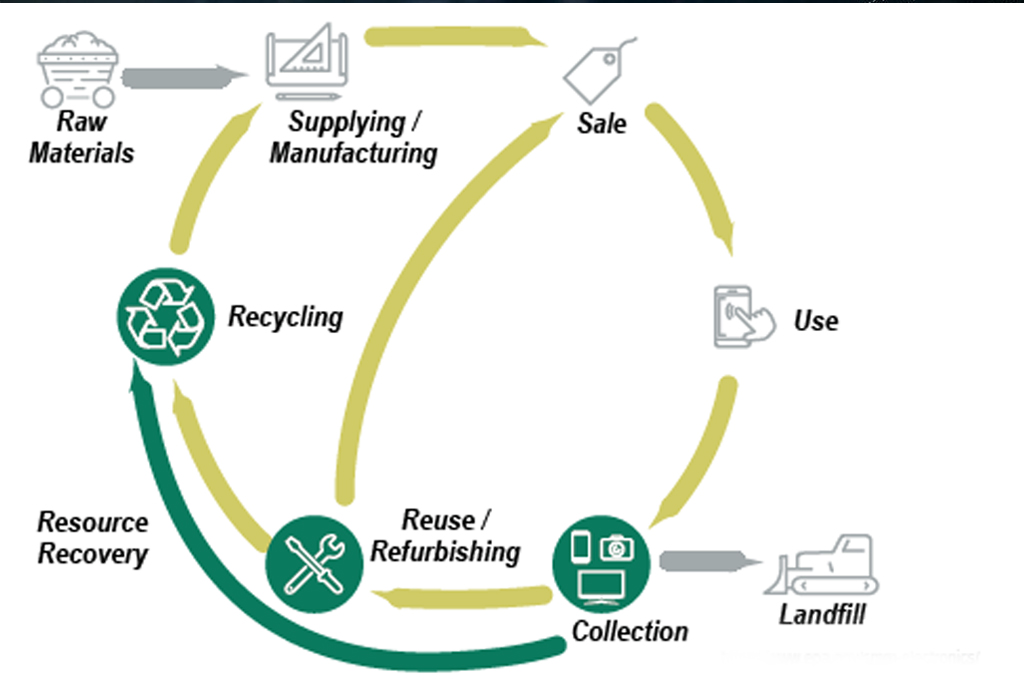Effective recycling
Effective recycling of e-waste involves the responsible handling, processing, and disposal of electronic devices to recover valuable materials and minimize environmental and health risks. Here are some key steps involved in effective e-waste recycling:
Collection: E-waste must be collected from various sources, such as households, businesses, and governments. Collection programs can be implemented at the local, regional, or national level, and can involve drop-off locations, curbside pickup, or special e-waste recycling events.
Sorting: Once collected, e-waste must be sorted into different categories based on the type of material and the potential for reuse or recycling. This can involve manual sorting, automated sorting systems, or a combination of both.
Disassembly: Electronic devices must be disassembled to recover valuable materials such as metals, plastics, and glass. This can involve mechanical or manual disassembly, depending on the type of device and the recycling process used.
Processing: Recovered materials are then processed using various techniques, such as shredding, melting, or chemical treatments, to refine them into raw materials that can be used in the manufacture of new products.
Disposal: Any hazardous or non-recoverable materials must be disposed of safely and responsibly, following local regulations and guidelines.
Effective e-waste recycling requires a coordinated effort between individuals, businesses, and governments to ensure that e-waste is collected, processed, and disposed of in a responsible and sustainable manner. By recycling e-waste, valuable resources can be recovered, and the environmental and health impacts of electronic waste can be minimized.
 16
16
Post Your Comment Here